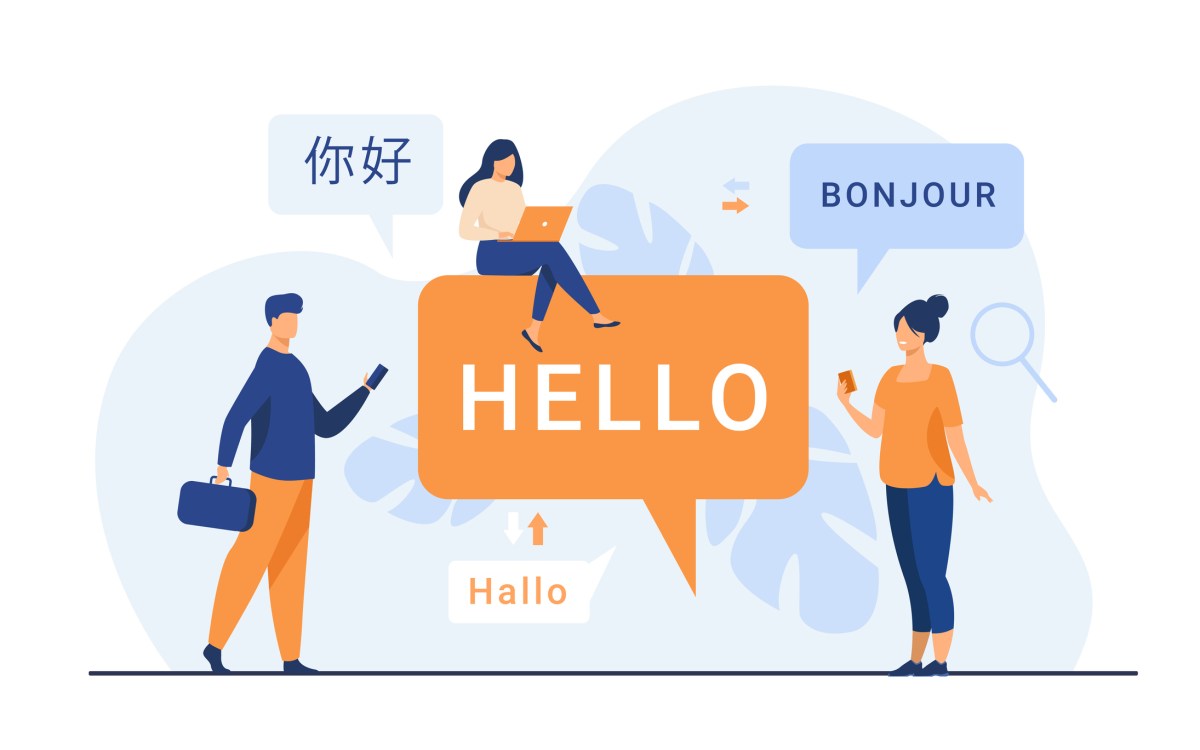This article discusses the recent advancements in AI language models, particularly OpenAI's ChatGPT. It explores the concept of hallucination in AI and the ability of these models to make predictions. The article also introduces the new plugin architecture for ChatGPT, which allows it to access live data from the web and interact with specific websites. The integration of plugins, such as Wolfram|Alpha, enhances the capabilities of ChatGPT and improves its ability to provide accurate answers. The article highlights the potential opportunities and risks associated with these advancements in AI.
The main topic of the article is the development of AI language models, specifically ChatGPT, and the introduction of plugins that expand its capabilities. The key points are:
1. ChatGPT, an AI language model, has the ability to simulate ongoing conversations and make accurate predictions based on context.
2. The author discusses the concept of intelligence and how it relates to the ability to make predictions, as proposed by Jeff Hawkins.
3. The article highlights the limitations of AI language models, such as ChatGPT, in answering precise and specific questions.
4. OpenAI has introduced a plugin architecture for ChatGPT, allowing it to access live data from the web and interact with specific websites, expanding its capabilities.
5. The integration of plugins, such as Wolfram|Alpha, enhances ChatGPT's ability to provide accurate and detailed information, bridging the gap between statistical and symbolic approaches to AI.
Overall, the article explores the potential and challenges of AI language models like ChatGPT and the role of plugins in expanding their capabilities.
Facebook has introduced SeamlessM4T, an all-in-one AI translation model that allows for effortless communication through speech and text across multiple languages, aiming to bring people closer to a world where everyone can be understood.
Meta has open sourced Code Llama, a machine learning system that can generate and explain code in natural language, aiming to improve innovation and safety in the generative AI space.
Meta is developing an AI-powered 'universal language translator' called SeamlessM4T, Walmart partners with Alphabet's Wing for drone deliveries in Texas, and India successfully lands on the moon with plans to send astronauts to space and explore Mars and Venus.
AI-powered tools like Claude AI, PinwheelGPT, Reimagine, Tome, Whisper Memos, and Eleven Labs are providing helpful and creative functionalities such as explaining and summarizing text, providing kid-friendly chats, animating old photos, creating compelling visuals, transcribing voice memos with accuracy, and generating AI voices.
Kudo, a company specializing in interpretation services, has integrated artificial intelligence (AI) technology to provide simultaneous voice translations in online conferences, although human interpreters are still preferred for situations requiring 100% accuracy; meanwhile, other companies are exploring the use of AI to replicate voices for multilingual content.
AI-powered translation tools used by the US immigration system, such as Google Translate, are unreliable and often lead to errors and misunderstandings, causing significant challenges for migrants seeking refuge and asylum in the country. These tools struggle with regional accents, dialects, and languages that are considerably different from English, and their limitations can result in incorrect translations that negatively impact asylum applications and the overall asylum process.
Meta is developing a new, more powerful and open-source AI model to rival OpenAI and plans to train it on their own infrastructure.
OpenAI's ChatGPT, a language processing AI model, continues to make strides in natural language understanding and conversation, showcasing its potential in a wide range of applications.
Artificial intelligence (AI) is being increasingly used in game development, with AI-generated characters and dialogues creating more immersive experiences, although its limitations mean that humans still play a crucial role, and game developers believe AI will never be able to replace the unique combination of story, art, sound, and overall experience that games offer, while the use of AI in translation tasks in the gaming industry is leading to lower pay for translators and a decline in translation quality, causing concerns among professionals in the field.
The future of AI chatbots is likely to involve less generic and more specialized models, as organizations focus on training data that is relevant to specific industries or areas, but the growing costs of gathering training data for large language models pose a challenge. One potential solution is the use of synthetic data, generated by AI, although this approach comes with its own set of problems such as accuracy and bias. As a result, the AI landscape may shift towards the development of many specific little language models tailored to specific purposes, utilizing feedback from experts within organizations to improve performance.
